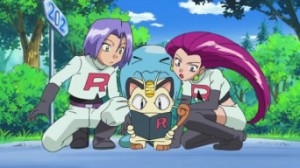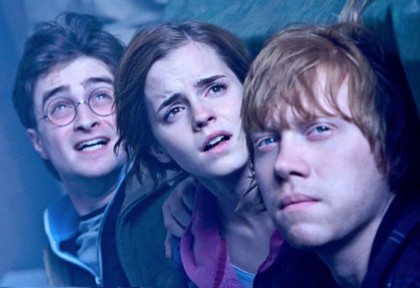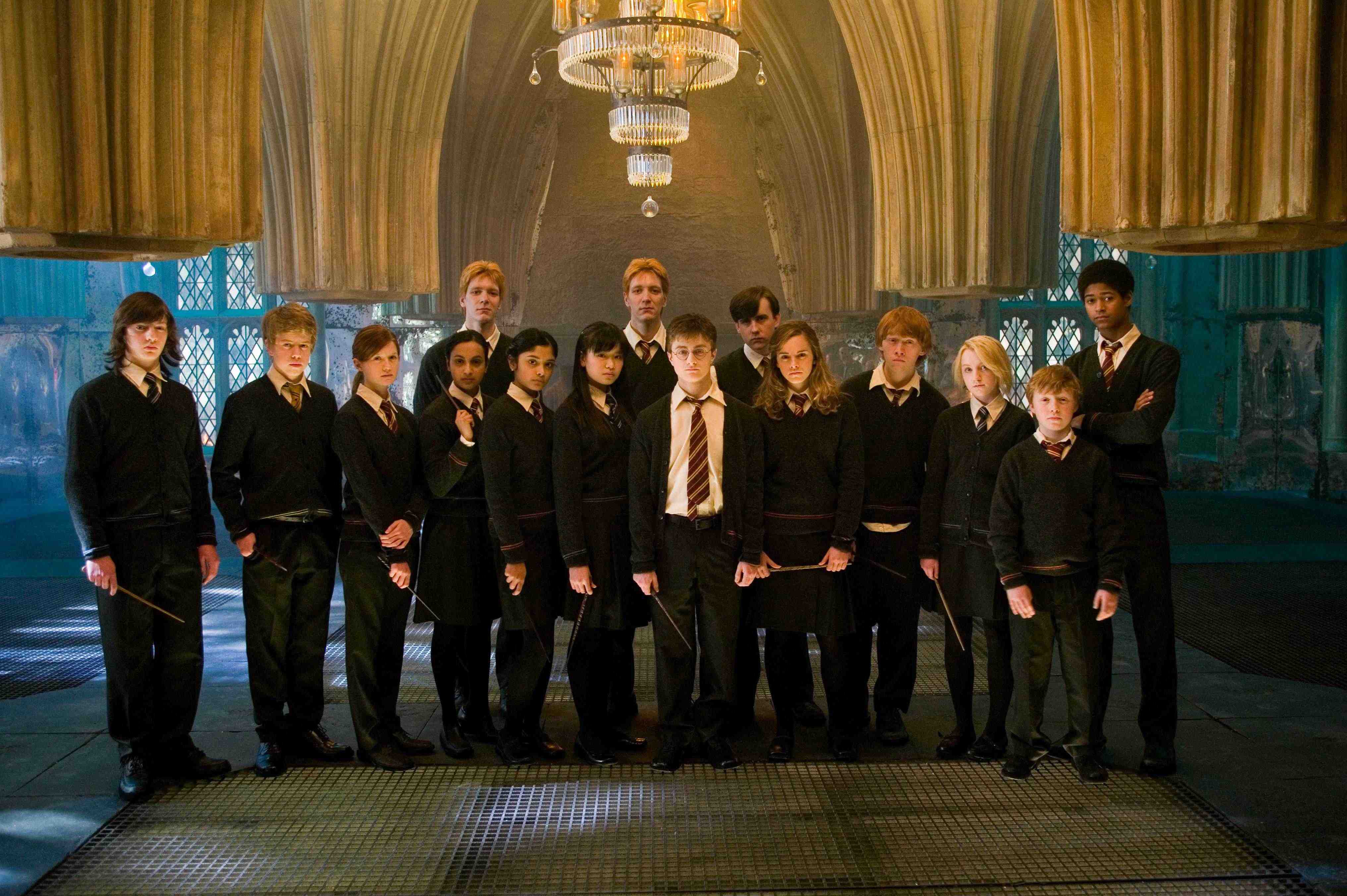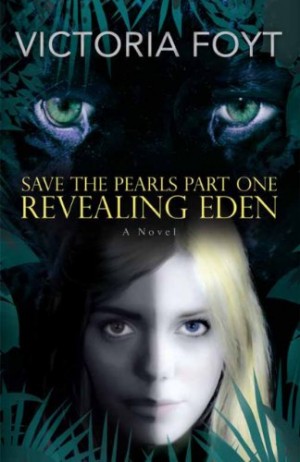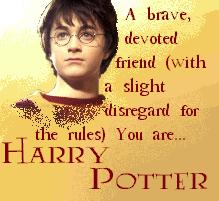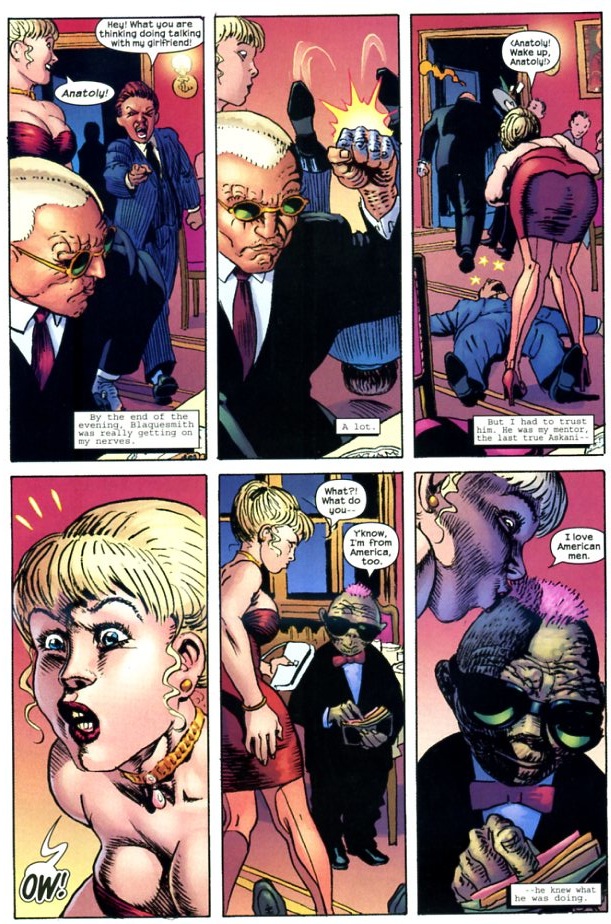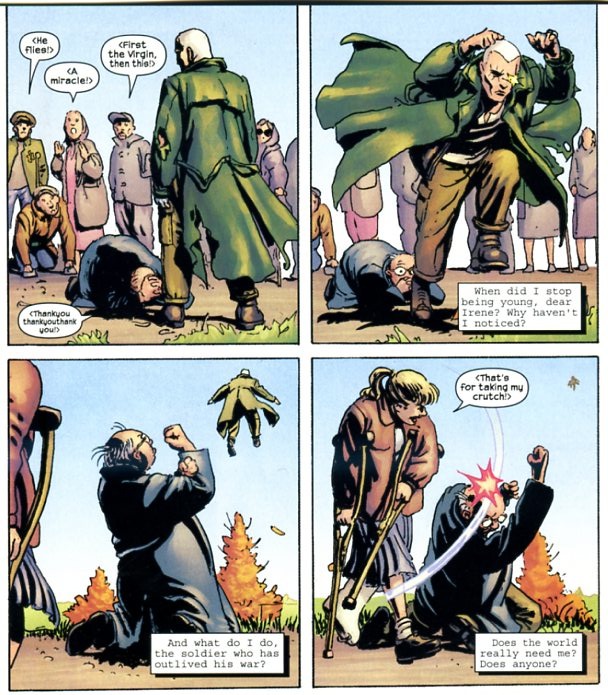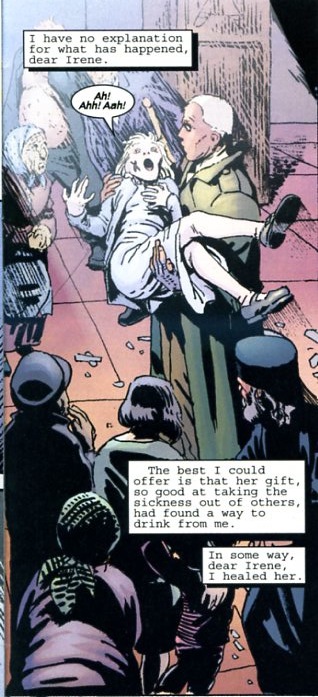“Sex is the great leveler, taste the great divider.”
–Pauline Kael, I Lost It At The Movies
An epigraph beginning with the word ‘sex’ might not be an auspicious start for a piece about education, but Kael’s words have much to say to teachers. Beyond concepts, equations, and writing mechanics, teachers teach taste, whether they intend to or not.
Think back to your time in school. Can you remember the warmth and security of having your interests affirmed by your teacher? Can you remember the quick spin of doubt when your preferences fell short of his or her esteem? I remember feeling stomach sick when my seventh grade teacher implied that New York Times Bestsellers List did not mean the book was “good.” I wondered what my choice of The Dragonriders of Pern said about me. A student’s taste might be personal, but its expression is a public performance, and a form of mass communication. Carried books, branded t-shirts, and the music leaking from ear buds invariably broadcast a person’s taste to the people around them.
As teachers, we witness our student’s passions and refuges on a daily basis, with varying levels of sympathy and comprehension. Our authority complicates things. I remember how a boy’s eyes popped open wide when I admitted to playing Diablo 3. I relish students’ trust and delight when I talk about Pokémon with them. Is it for this connection that I converse enthusiastically about Marvel Comics and Harry Potter, even though I don’t actually enjoy these properties? (How often do their iconicity, film adaptations, merchandising, and release parties account for more of their popularity than the books themselves?) There are few things I enjoy more than great conversation. Better put by Hannah Arendt, “Gladness, not sadness, is talkative, and truly human dialogue differs from mere talk or even discussion in that it is entirely permeated by pleasure in the other person and what he says. It is tuned to the key of gladness, we might say” (Men in Dark Times, 15). When I share and respect the things my students love, I earn the privilege of being in class with them.
So what happens when the façade drops, and my students learn what I actually think about Guardians of the Galaxy or Diary of a Wimpy Kid? That Pauline Kael is my personal hero and favorite snark, not Iron Man? That I believe superhero comics embody America’s worst power-fantasies? That while I was a passionate Pokémon player up through college, I pale at Nintendo’s sorry attempts to justify the exploitation of its dog-fighting monster pets? Deep down inside me, I don’t like some of the things that adolescents like—including things I loved as a teenager. Everyone is allowed to have his or her personal taste, but I sometimes cringe that these stories could be counted as valid options. I sometimes see them as depressing manifestations of systems that tear people apart. At other times they seem like developmental stepping-stones, or an ice floe that thinkers eventually pass across and see through. I have become the no-fun schoolmarm pushing Nathaniel Hawthorne on the one hand, Ratatouille’s Anton Ego on the other, and maybe a faint echo of James Baldwin on a very good day.
Trying to protect this “key of gladness,” I resist sharing my killjoy opinions about a wide assortment of stories, united chiefly by their phenomenal popularity and marketing rollouts. There’s a time for soapboxing, for criticizing, and for bemoaning, and while these kinds of talk are necessary for survival, they don’t make me happy to be alive. They lack the ring of joy. I came to teaching because I associate school with this thrill of recognition, of “Yes! I see that too!” I have no affection for converting and being converted. I did not return to school to be a missionary of taste, or have my tastes disapproved of and changed.
I save my breath for niche blogs, and blissfully, for the company of my critic friends, ideally huddled around a few beers on a Saturday night. I support others in their resistance: “Harry Potter makes me feel weird too!” I am at home in our sardonic distance from these things—in the communal wondering what life is like for a creature trapped inside a tiny Pokéball. Or whether a student wearing a Slytherin Quidditch jersey is akin to her sporting the confederate flag of the Harry Potter world, in light of how the seventh book goes down.
As a teacher, I keep this thought to myself, and modulate my voice to bob and float with a student’s excitement about the work of J. K. Rowling. Yet I want my students to dig deeply into Slytherin House. Does it make sense for all the cruel and cunning children to be sorted together? Why aren’t there consistent resisters in Slytherin? Why does Hogwarts support a cabal of violent blood purists? As students dig, won’t they expose my preferences and prejudices against these books, so shallowly buried?
If I could change one thing about young adult novels, superhero movies, and video games, it would be to make their villains relevant. I suspect that the more popular a story-world is, the less its evil mastermind, empire, or force corresponds to our present-day equivalents. Players spend the Pokémon games fighting incompetent mafia groups bent on igniting an apocalypse and ruling over the remains of society. We know they are evil because they treat their Pokémon cruelly, but the games never address how the player’s relationship with Pokémon is substantially different. In Suzanne Collins’ The Hunger Games, totalitarian authorities herd huge groups of dispossessed and hungry people into public squares to watch their district’s children murder each other, which is part of a national strategy to subdue revolt. How does this square with the reality that apartheid governments violently restrict the public congregation of oppressed people, who have a better ability to revolt when gathered together?
These fictions make mockeries of their villains, but they become fiercely popular ‘escapist routes’ for a reason. They are poignant metaphors for the experience of youth, even if they obscure how real boarding schools, criminal organizations, patriarchs, and dictatorships work—how power works. To students, bullies are a kind of dependable taxonomy, and they are institutionally supported. Students resonate with the experience of being pitted against each other for the entertainment of adults, and that this competition coheres a dystopic, divided nation. And everyone knows that superpowered people are too busy fighting each other to do anything about systemic injustice.
These are truths worth honoring, and can organically raise questions about what the villains mean. A friend pointed out that the Harry Potter books examine the paradoxical existence of Slytherin in the text, (but blink, and you might miss it.) The world of The Hunger Games descends into revolutionary chaos by the third book. Pokémon White & Black featured a compelling villain who wished to free Pokémon from slavery, and released his monsters after using them in fights. I wish these factors changed my mind and heart, but I also wish that these factors changed their stories. The Hunger Games sells itself upon the appeal of the tortuous games it pretends to decry. The Pokémon villain turns coat in the end, and celebrates the capture and keeping of sentient creatures. The villain always ends up being someone else—someone vanquishable. Why does our culture spends so much time hiding the hero’s complicity with evil, or tokenizing the struggle with inner darkness as one obligatory step in the ritualistic triumph over an external “Big Bad?”
If these stories are archetypal, so are the people who oppose them on the grounds of taste—and especially on the grounds of good taste. Consider the “Wicked Witch of West Harlem” in Walter Dean Myer’s Bad Boy, where “educated” Mrs. Dodson horrifies the young narrator when she condemns comic books as “a road map to the jailhouse.” Mrs. Dodson is evermore referred to as The Wicked Witch. Her complaints presage the words of Frederick Wertham, a psychiatrist and social justice crusader still demonized for his hatred of the violence in popular culture. You can’t spend an hour inside a comics convention without overhearing some fan or creator still trotting out insults at Wertham and his legion of church lady minions. We forget Wertham’s actual life mission to establish an affordable psychiatric clinic for black youth in Harlem, tucked away on a street that Myers likely dashed down, a Lone Ranger cap pistol in hand.
While I, with the best of intentions, complain about the villains and plot mechanics of my student’s favorite stories, about the banality of fighting Voldemort, I’m busy becoming a villain myself. A villain, at the end of the day, is someone who doesn’t see, and so profanes what is most meaningful in life. And if adolescents could ever be defined, they could be called people who have freshly seen truth. They might not feel passionate about every song they listen to, every book they read, or every stretch of road they drive, but some small collection of things has sung the song of their lives to them. Not every student will part their clasped hands to show their truth to their teacher, but when I’m lucky enough to be shared with, I want to be a good holding vessel. I don’t want to be locked out.

